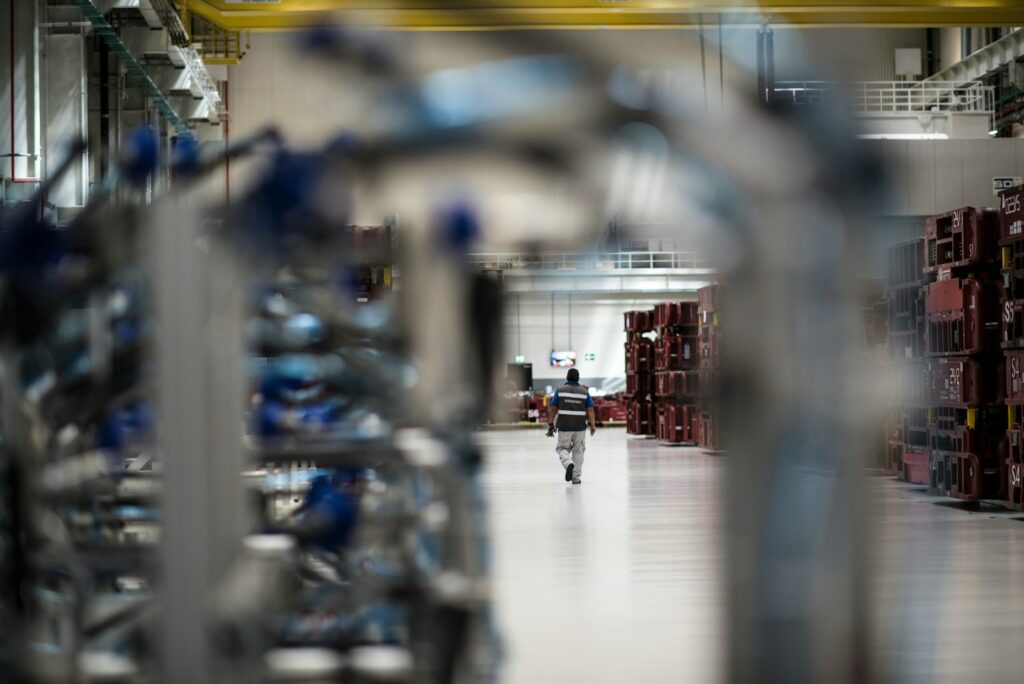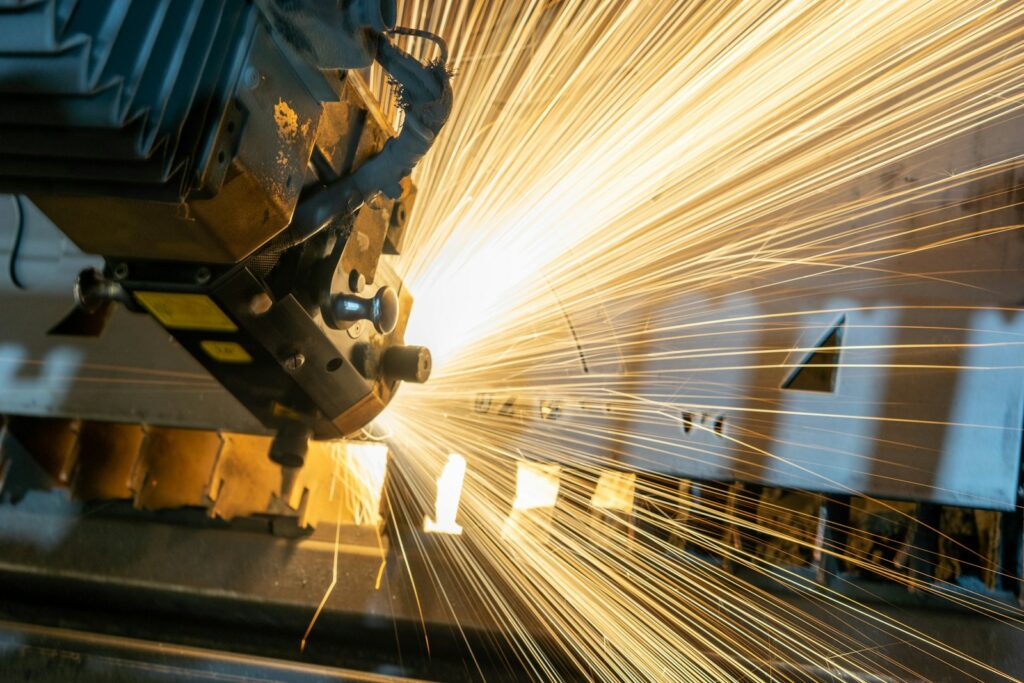This article was written by Sol Rogers, Global Director of Innovation at Magnopus
New technologies that blur the lines between the physical and digital worlds are rapidly developing and marking a new era of digital transformation. Artificial Intelligence, IoT, Robotics, machine learning, big data, 5G, and XR are all part of this new age. The metaverse, or whatever you want to call it, too.
This future version of the internet will be accessed through VR headsets, augmented reality, mobile phones, and computers or laptops. It’s very different from the current web (and even web3) and it’s still being figured out. But while technologists and creatives are discussing the potential, purpose, and outcome of the metaverse, one fact remains – it presents tremendous opportunities.
In the past, businesses have been limited to physical locations for their operations and customer engagement. Now, with the emergence of the new spatial web, businesses can create digital twins – a three-dimensional version of their store or venue – on platforms such as Roblox. These can be accessed by people all over the world. Businesses can also create virtual replicas or extensions of their products and offer them alongside physical items or create entirely digital collections, attempting to capitalise on NFTs.
But this is just the start. Despite the race for digital real estate, building for the next web isn’t just about a translation of spaces and products. At Magnopus, we believe that companies able to transform customers from passive observers to active participants in new forms of brand and customer experience will thrive.
Let Customers Live Your Brand
We’re moving from a series of connected pages to a series of connected spaces that lay the foundations for the next internet. With this transition from 2D to 3D comes the potential to create brand worlds that customers can immersive themselves in.
- When customers are actively participating in your world they have agency. They have a sense of control or power – they can shape and direct the experience. Instead of being passive onlookers, they become an active part of the journey. A sense of agency can create a more engaging, personalised, and emotionally positive experience, increasing the likelihood of conversion and long-term loyalty to the brand.
But don’t just build a world, consider what engagement you’re providing – whether it’s achievements, access, or experiential rewards – and ensure participants have a role within the space and a way to express themselves. Empowering people to experience their own stories within your world is the key to conversion.
Superseed What’s Possible in the Real World
The experience economy is driven by the growing desire of consumers to seek out unique and meaningful experiences, as well as the increasing availability of technology that makes it easier to create and share these experiences. It’s a shift away from the traditional focus on commodity-based products and services, towards a more experiential and emotional approach to consumption.
The experiences possible in the 3D internet can supersede what can be achieved in the real world. When you don’t need to worry about technical, logistical, safety, and security elements, more attention can be paid to the actual experience and making that stand out as much as possible for those viewing or interacting with it.
Take the Madison Beer Immersive Reality Concert, the goal was to capture the authentic atmosphere of a real-world live show but blend it with the possibilities that virtual concerts can enable. Through photoreal recreations of a real venue and an ultra-realistic digital avatar of the singer, the show felt very real but the effects were dialled up to create a spectacle that wouldn’t be possible in real life, like a ring of raging fire around Madison. Although tickets to this virtual concert weren’t sold, the potential and opportunity are there.
The metaverse enables brands and businesses to go beyond merely replicating their physical stores and operations in a spatial and functional manner and instead create entirely new virtual expressions of brand and customer experience. We can move beyond a waterproof jacket displayed on a store clothing rack, to experiencing the product in its proper context – on a mountain bike track – with a sense of adventure.
Companies that seize this opportunity will foster a deeper emotional bond with their audience. And by doing so, differentiate themselves from competitors, increase customer loyalty, and generate new revenue streams.
Build Community
Platforms like Fortnite and Roblox are social experiences – they’re not the same without the presence of others. The last thing you want to do is create a world no one wants to engage with, so it’s important to view any virtual space as a social space and develop real-time interaction and presence.
Fortunately, the experiential aspect of 3D spaces creates an ideal environment for social engagement. Individuals are inclined to share new discoveries as they are more meaningful when shared with others.
For instance, with the launch of the Jaguar I-PACE, VR hubs in Los Angeles and London connected groups of 66 guests inside the concept car. By allowing guests to interact with each other while experiencing the concept car in virtual reality, the event became more than just a product launch; it became an immersive and interactive experience that created a sense of community and social engagement over a shared experience.
Over time, as businesses create spaces that foster a sense of shared purpose, customers will naturally gravitate towards them. When people feel comfortable expressing themselves in these spaces and are rewarded for doing so, it helps to build a culture of engagement and inclusion. Ultimately, this can result in loyal customers who feel a sense of ownership over the spaces they frequent.
Personalise
The 3D internet also offers businesses the ability to create highly immersive, personalised experiences. This means that businesses can design virtual environments that adapt to the preferences of customers in real-time.
AI can play a crucial role in creating these immersive experiences. It can be used to generate dynamic content, adjust lighting and sound effects, and create realistic animations to make the experience more engaging. Furthermore, AI can analyse customer data and utilise machine learning algorithms to understand customer preferences and behaviour patterns, which can then inform the type of experience that is created right from the outset.
As technology continues to evolve, 3D worlds are becoming more prevalent and accessible than ever before, and organisations are beginning to realise their vast potential for engagement and meaningful experiences. Unlike previous forms of media, 3D worlds empower users to fully immerse themselves in a virtual environment with others and actively steer their own narratives. Whether it’s for gaming, socialising, education, or commerce, the opportunities are plentiful.

















